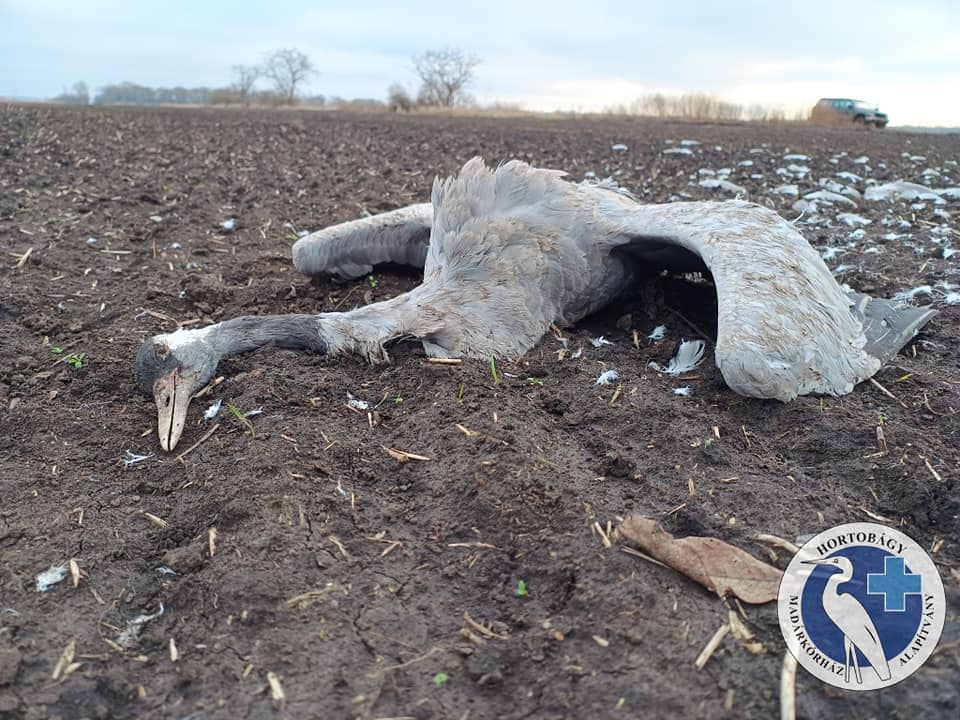The weather was favorable for the spread of bird flu among wild birds; sick and dead specimens should be avoided – stated the Hungarian Ornithological and Nature Conservation Association.
In the following days, care must be taken to ensure that no one spreads the disease, so when in contact with infected specimens, do not go near flocks of wild or domestic birds, disinfect your clothing, and wear protective equipment if necessary. Anyone who sees a suspicious specimen should notify the regionally competent animal health authority or national park directorate, they wrote.
According to the announcement, avian flu is not only dangerous for birds, but it can spread to mammals and even humans, especially the elderly and those with weak immune systems. The epidemic situation is not yet known exactly, but it is certain that the disease has appeared in other areas of the Great Plain after the Hajdú-Bihar and Szabolcs-Szatmár-Bereg counties in recent weeks due to the migration of birds, tens of thousands of cranes that are particularly sensitive to the disease have died, they added.
The association says that the crane is especially sensitive to the infection, so it has caused hundreds or even thousands of deaths in the area of the main gathering places. It started in the Hortobágy region, with an incubation period of a few weeks, after the number of migratory birds peaked at 200,000, and then the problem also appeared in the Southern Great Plain and Western Transdanubia with the birds that continued to leave. Based on field information, the number of dead cranes can currently be estimated at between 10,000 and 20,000. We will update this estimate as the data becomes more accurate.
The spread of bird flu can be tracked on the website of the National Food Chain Safety Office (Nébih).
(Debreceni Nap)


















